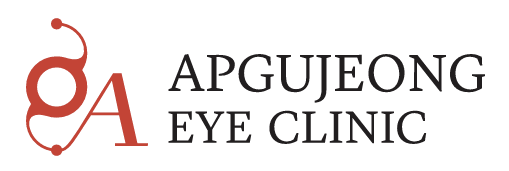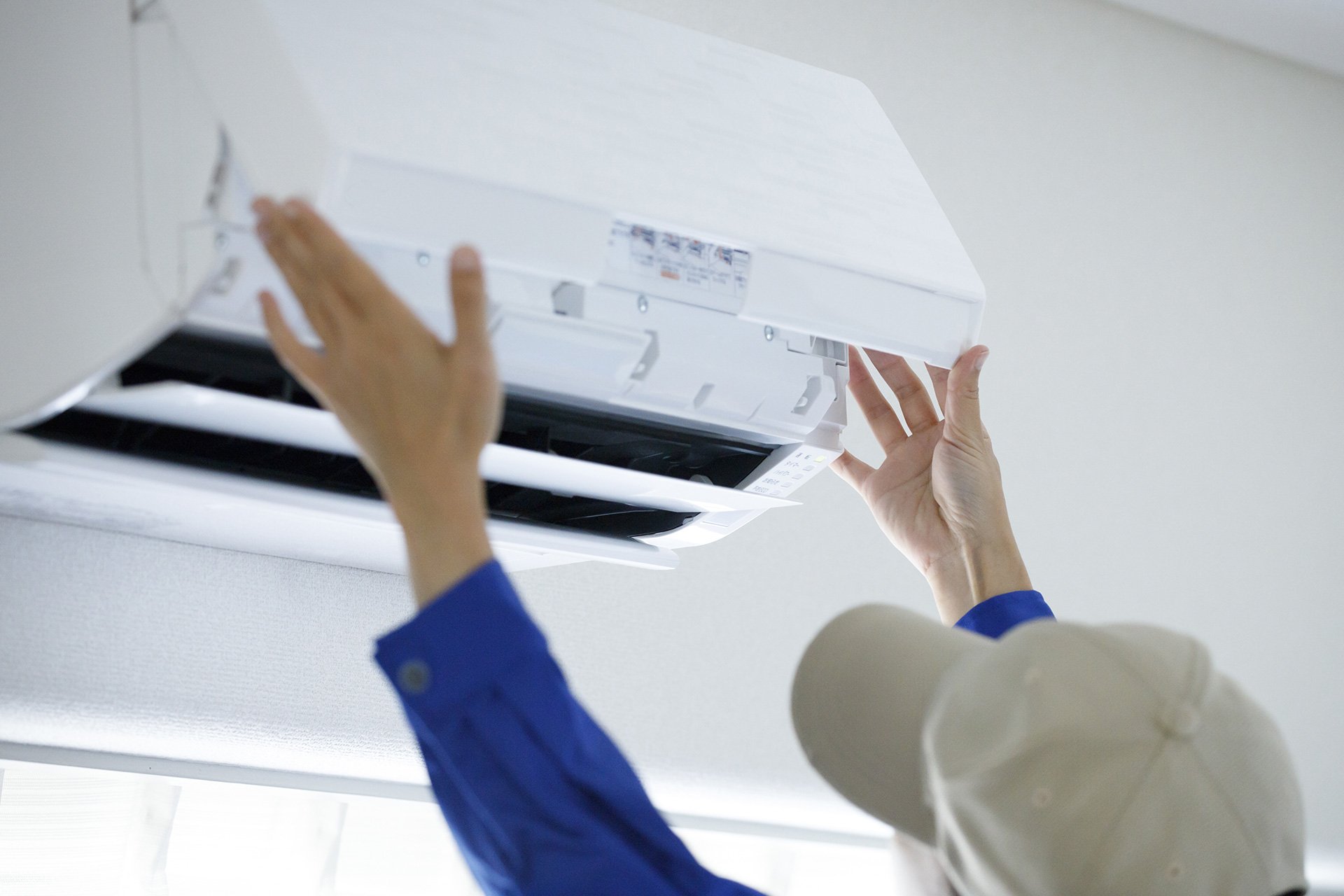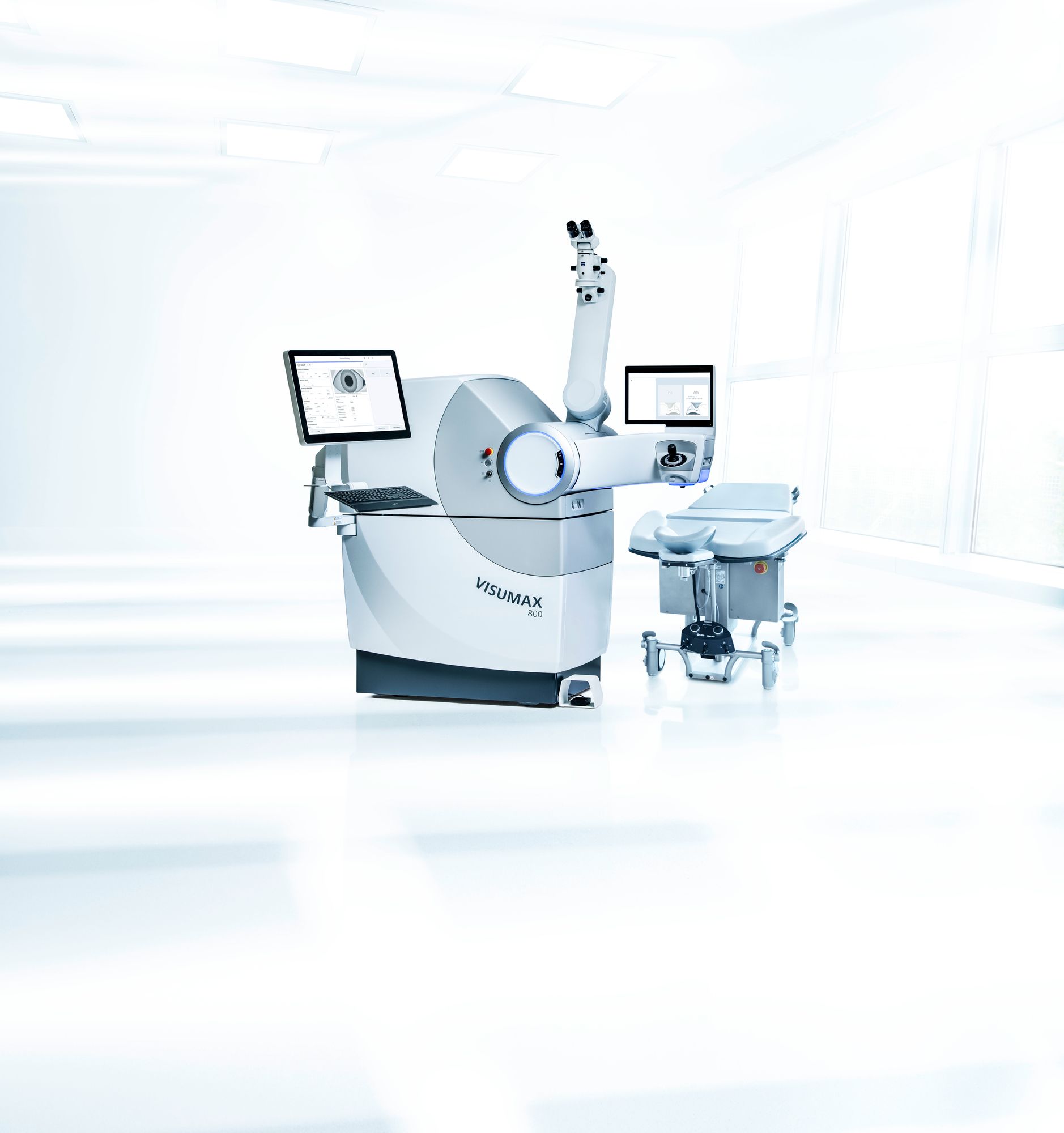LASIK Cost Worldwide & Why Korea Is Worth the Trip
LASIK Cost Worldwide (2025) & Why Korea Is Worth the Trip
Thinking about laser vision correction and wondering where it’s best to do it? Below is a practical view of typical LASIK price ranges by region (for both eyes) and clear reasons Korea stands out for quality, value, and efficiency. Ranges are approximate and vary by clinic, laser platform, and what’s included.
Typical LASIK Price Ranges by Region (Both Eyes)
- United States & Canada: ~USD
$3,000–$6,000
Custom/topography-guided and premium centers trend higher; frequent financing options. - Western Europe (UK, Germany, France, Nordics): ~USD
$2,500–$5,000
Strong regulation and widespread availability; pricing varies by city and tech level. - Southern/Eastern Europe (Spain, Italy, Czechia, Poland, Turkey): ~USD
$1,800–$3,500
Competitive pricing; quality varies—verify technology and surgeon experience. - Middle East (UAE, Saudi, Qatar): ~USD
$2,500–$4,500
Many modern centers; pricing reflects premium facilities. - East Asia (Korea, Japan, Taiwan):
• Korea: ~USD $1,700–$3,600 (standard LASIK packages)
• Japan/Taiwan: ~USD $2,000–$4,000 depending on clinic and city - Southeast Asia (Singapore, Thailand, Malaysia): ~USD
$1,800–$3,800
Popular with medical travelers; verify aftercare terms carefully. - Oceania (Australia, New Zealand): ~USD
$2,500–$5,000
High standards; costs similar to Western Europe. - Latin America (Mexico, Colombia, Brazil, Chile): ~USD
$1,600–$3,200
Attractive pricing; ensure clear inclusions and surgeon credentials.
Notes:
• Prices usually include screening, procedure, meds, and initial follow-ups.
• SMILE and premium custom LASIK typically cost more than base LASIK.
• Currency rates, promotions, and package contents change—always get a written quote.
Why Korea Is Worth the Trip
1) Advanced Technology—Standardized
Korean centers broadly use current-generation femtosecond and excimer platforms, corneal tomography, and real-time tracking. The tech level is consistently high even outside “flagship” clinics.
2) Surgeon Experience & Volume
High procedural volumes translate to refined workflows, precise screening, and efficient operating protocols—great for outcomes and for international patients on tight schedules.
3) Value for Money
Compared with North America and parts of Western Europe, Korean pricing for
standard or custom LASIK is often lower, while still bundling
comprehensive diagnostics and
structured aftercare.
4) Fast, Organized Patient Journey
Clinics are set up for medical travelers: same-day screening + surgery (when appropriate), multilingual coordinators, and detailed post-op kits. It’s common to reach functional vision within 24–48 hours.
5) Transparent Packages
Quotes typically outline what’s included—screening, surgery, meds, protective eyewear, and scheduled follow-ups—so you can budget confidently.
6) Travel Convenience
Seoul is easy to navigate (subway, airport trains), with accommodations near major eye centers in
Gangnam, Apgujeong, and Myeongdong.
Sample 6–7 Day Plan for International Patients
- Day 1: Arrival, rest, artificial tears on hand, no contacts.
- Day 2: Comprehensive screening; if eligible, proceed to same-day or next-day LASIK.
- Day 3: Day-1 post-op check; light indoor activities; minimal screens.
- Days 4–5: Vision typically sharp for casual sightseeing; continue drops as directed.
- Day 6–7: Final local follow-up; receive written aftercare summary for home doctor.
- Fly home once your surgeon clears you (commonly after first check).
What to Check in Any Country (Korea Included)
- Exact technology used (femtosecond LASIK vs custom/topography-guided).
- Surgeon’s experience and who performs each step.
- Residual corneal thickness safety margins and candidacy criteria.
- Enhancement policy (timing, cost, method).
- Follow-up schedule and remote support once you return home.
- Clear inclusions (drops, shields, number of visits, emergency contact).
Costs in Korea: How to Budget
- Surgery package: ~USD $1,700–$3,600 (both eyes; standard/custom LASIK)
- Flights: varies by origin (watch off-season fares).
- Lodging: business hotels or serviced studios near your clinic for 5–7 nights.
- Incidentals: meals, transit, sunglasses, extra artificial tears.
Tip: Paying in KRW and confirming card fees helps avoid currency surprises.
FAQ
Is LASIK cheaper in Korea because quality is lower?
No—Korea’s pricing reflects high procedural volume and efficient clinic operations, not lower quality.
Will I need reading glasses after 40+?
LASIK corrects distance vision;
presbyopia still appears with age. Ask about
monovision or
blended laser profiles if you’re 40+.
Can I fly soon after surgery?
Many patients fly a few days after the first post-op check. Your surgeon will confirm timing based on your healing.
What if I’m not a LASIK candidate?
Korean clinics also offer
LASEK,
SMILE,
ICL, and
lens-based options—screening determines the safest route.
Bottom Line
You can find excellent LASIK outcomes in many regions, but
Korea hits a sweet spot of
modern technology, experienced surgeons, efficient care paths, and competitive package pricing. If you want sharp vision with organized aftercare and a smooth travel experience, Korea is an outstanding place to book your procedure.



